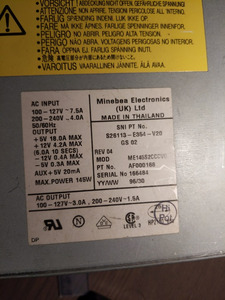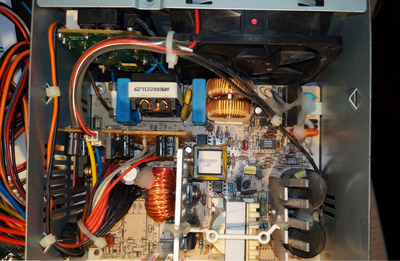First post, by cprieto
- Rank
- Newbie
I recently got a cheap AT PSU for my old mobos, one of my motherboards, the GA-6BA, supports both ATX and AT PSU so I decided to try and connect it. If I remember correctly, the P8/P9 connectors have an order and the black connectors should be together in the middle (I followed this image, just in case http://wiki.robotz.com/index.php?title=File:P … Computers15.png) and this is how the connector looks (see attached picture). Well, after connecting and trying with two AT mobos, it looks like it doesn't work, but I have no really a good idea about how to test further or is that I am connecting the thing in the wrong way or something? I am super lost here.
Thanks a lot for any help on this!
(btw, the PSU is a 145W PSU)


